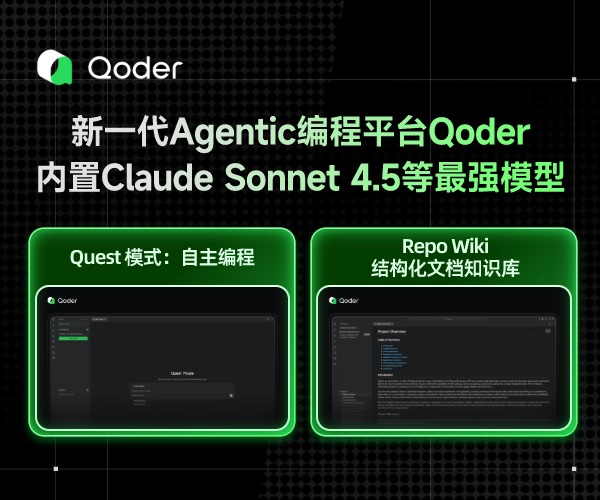python学习杂记--装饰器
装饰器可以用来在不改变原函数的基础上,为原函数增添功能
示例如下:
1 import time 2 3 def decorator1(function): 4 def wrapper(*args,**kwargs): 5 function(*args,**kwargs) 6 print("------------ running function : %s --------------"%function.__name__) 7 return wrapper 8 9 def decorator2(function): 10 def wrapper(*args,**kwargs): 11 starttime = time.time() 12 function(*args,**kwargs) 13 endtime = time.time() 14 total_time = (endtime - starttime) 15 print("------------ the function spend time is %s --------------"%total_time) 16 return wrapper 17 18 @decorator1 19 @decorator2 20 def func_test1(arg1,arg2): 21 print("hello") 22 time.sleep(2) 23 print("world") 24 print("arg1 is %s , arg2 is %s"%(arg1,arg2)) 25 26 @decorator2 27 def func_test2(arg1,arg2,arg3): 28 print("hello") 29 time.sleep(2) 30 print("world") 31 print("arg1 is %s , arg2 is %s , arg3 is %s" % (arg1, arg2,arg3)) 32 33 34 35 if __name__ == '__main__': 36 func_test1("A","B") 37 func_test2("C","D","E")
对应输出结果为:
1 hello 2 world 3 arg1 is A , arg2 is B 4 ------------ the function spend time is 2.000811815261841 -------------- 5 ------------ running function : wrapper -------------- 6 hello 7 world 8 arg1 is C , arg2 is D , arg3 is E 9 ------------ the function spend time is 2.000079393386841 --------------
这个例子要注意的是3点
1.定义装饰器的语法:
如果要装饰的函数是不包含参数的,那么:例如decorator1的function就不需要参数了,加上*args,**kwargs就可以覆盖到function函数中存在任意个参数的情况了
2.定义装饰器时,return返回的值是wrapper,不是wrapper()
3.多个装饰器装饰同一个函数时,执行的顺序是按照从上到下的顺序依次执行的



 浙公网安备 33010602011771号
浙公网安备 33010602011771号